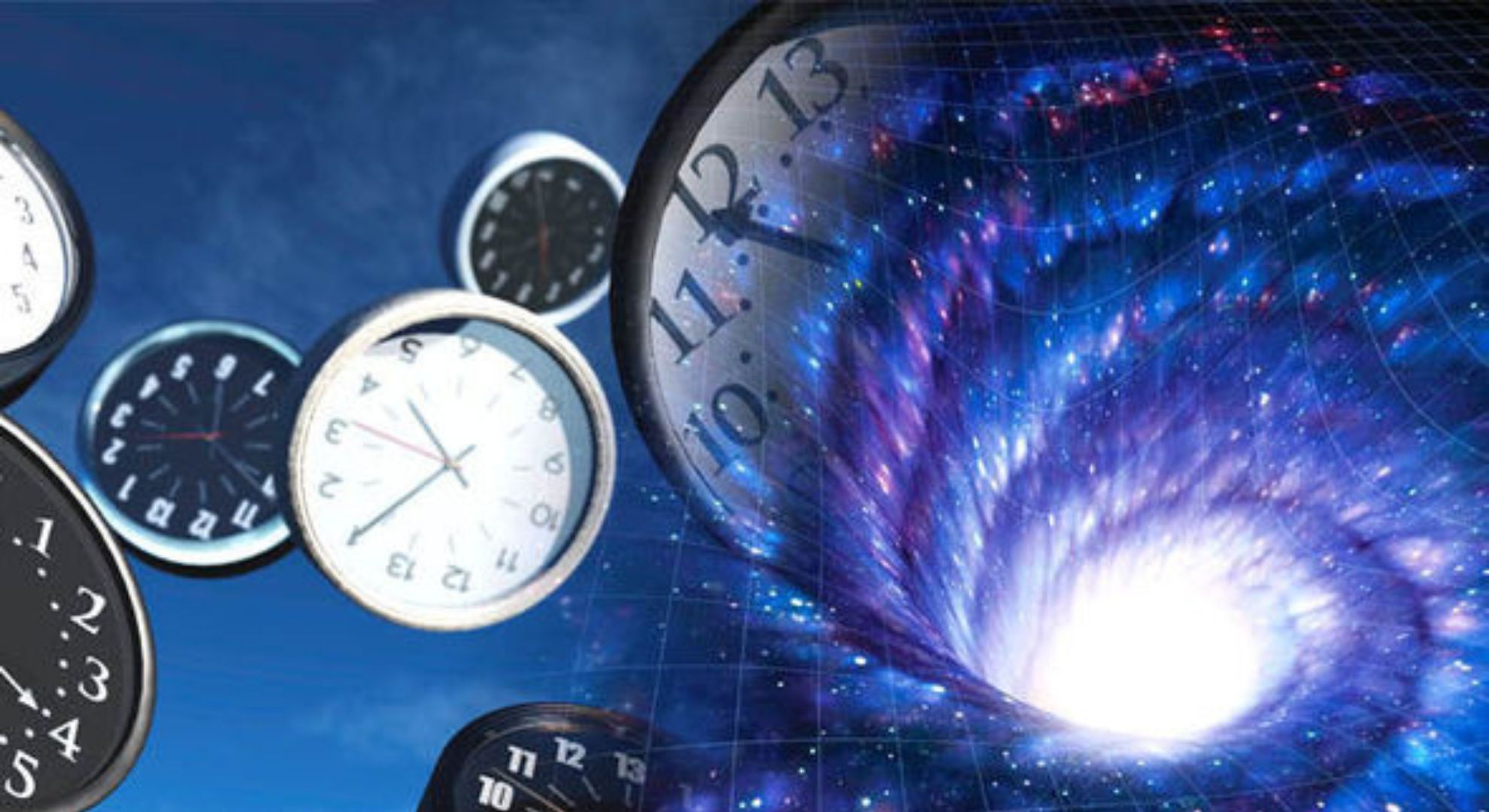For thousands of years, people have been captivated by the idea of time travel; nevertheless, up until recently, it has only been a fictional concept.
Even though they discussed time travel on a microscopic level, Till Bohmer and Thomas Blochowicz, researchers from the Technical University of Darmstadt in Germany and authors of the study “Time reversibility during the ageing of materials” published in Nature Physics, offered a great deal of hope for the future.
The study centered on how time shuffled the structure of some materials, such as glass. However, it provided some rather surprising conclusions.
It was found that time does not behave precisely in a linear manner, especially when observing glass, which possesses one of the most interesting structures among everyday objects used by humans.
Moreover, the study examined how a material’s composition varies over time. Glass molecules continuously fall into different positions, making them more distinctive, as opposed to adhering to more conventional molecular arrangements. As a result, glass continuously reverses the hands of time at the molecular level.
To test this theory, the researchers used scattered laser light to monitor glass structures. They watched as the glass samples were pushed and reformed into new arrangements.
According to Professor Blochowicz, an extremely sensitive video camera was required to record the minute variations in the molecules. It cannot only see how the molecules move. “The minuscule fluctuations in the molecules had to be documented using an ultra-sensitive video camera. It cannot just watch the molecules jiggle around,” he said.
Though it gives optimism that time travel could happen in the future, scientists are still determining whether changes are occurring forward or backward due to how the glass travels around within.
Confusing, isn’t it?
It’s a fascinating idea, though – and while it will not bring humans any closer to time travel, it will undoubtedly alter the way we all see some of the things we use on a daily basis.
Other POP! stories that you might like:
Japanese scientists develop muscle tissue-powered, two-legged robot
You’re not imagining it: January always feels like it runs forever. Here’s why
‘Sensitivity’ can be both a blessing and a curse
11-year-old deaf boy hears for the first time after undergoing gene treatment
99% of cancer cells destroyed using vibrating molecules in lab experiment




